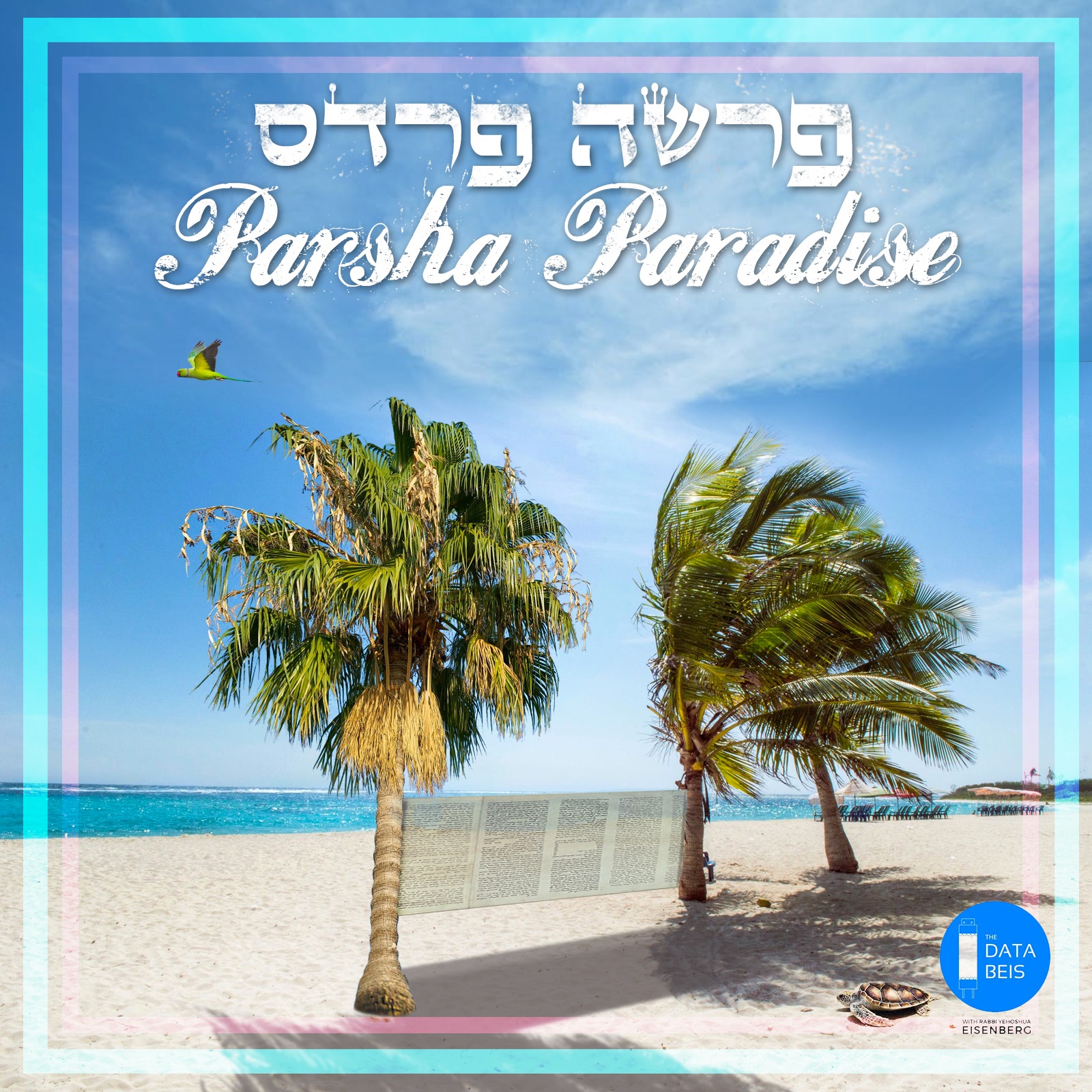This D’var Torah should be a Zechus L’Ilui Nishmas my sister, Kayla Rus Bas Bunim Tuvia A”H, my maternal grandfather Dovid Tzvi Ben Yosef Yochanan A”H, my maternal grandfather Dovid Tzvi Ben Yosef Yochanan A”H, my paternal grandfather Moshe Ben Yosef A”H, my paternal grandmother Channah Freidel Bas Avraham A”H, my uncle Reuven Nachum Ben Moshe & my great aunt Rivkah Sorah Bas Zev Yehuda HaKohein,
It should also be in Zechus L’Refuah Shileimah for:
-My father Bunim Tuvia Ben Channa Freidel
-My grandmother Shulamis Bas Etta
-MY BROTHER: MENACHEM MENDEL SHLOMO BEN CHAYA ROCHEL
-HaRav Shlomo Ben Shayna Zelda
-Mordechai Shlomo Ben Sarah Tili
-Noam Shmuel Ben Simcha
_R’ Simcha Yitzchak Ben Mirela Liyatka
-Chaya Rochel Ettel Bas Shulamis
-And all of the Cholei Yisrael, especially those suffering from COVID-19 and the Meiron tragedy.
-It should also be a Z’chus for an Aliyah of the holy Neshamos of HaRav HaGa’on V’Sar HaTorah Shmaryahu Yosef Chaim Ben HaRav Yaakov Yisrael Kanievsky A”H, Dovid Avraham Ben Chiya Kehas—R’ Dovid Winiarz ZT”L, Miriam Liba Bas Aharon—Rebbetzin Weiss A”H, as well as the Neshamos of those whose lives were taken by terrorists (Hashem Yikom Damam), COVID-19, and the Meiron tragedy.
-It should also be a Z’chus for success for Tzaha”l as well as the rest of Am Yisrael, in Eretz Yisrael and in the Galus.
בס”ד
The rest of my audio content can be found here:
https://jewishpodcasts.fm/thedatabeis
Parsha Paradise/פרשה פרדס – Balak: Bil’am Hit the Donkey “3 Regalim” – What are Regalim? 🦶🏻🦶🏻🦶🏻
Audio:
https://jewishpodcasts.fm/thedatabeis/39105
Bil’am’s “Ason” or she-donkey miraculously spoke and rebulef Bil’am for striking her “Shalosh Regalim” [Bamidbar 22:29]. There is more than one word for “times/occasions” in Biblical Hebrew. The Torah could have said “Shalosh Pe’amim.” What does “Regalim” actually mean? Why did Hashem choose the word ‘
“Regalim” for the she-donkey’s rebuttal to Bil’am? There is a Midrash which notices that “Shalosh Regalim” appears in only one other context. What is the connection between the the two sets of Shalosh Regalim that ae find in the Torah? And is there a Pashut P’shat answer as to why the donkey used the word Regalim?
P’shat:
Ibn Ezra points us to his earlier explanation of the word Regalim [Shemos 23:13], i.e. in connection to the three pilgrimage holidays. He, Malbim, and R’ Shimshon Raphael Hirsch all explain that the word is based on the word Regel, foot, thus the word Regalim is associated with a pilgrimage, a journey on which you travel by foot. Bil’am hit the donkey at three checkpoints, each considered a separate trip on his longer mission to curse the B’nei Yisrael.
Rashi doesn’t explicitly differentiate between Regalim and Pe’amim. Bil’am hit the donkey three “times.” In fact, both on our verse and in Shemos, Rashi associates the two, suggesting that Regalim and Pe’amim are basically, contextually synonymous (though we traditionally believe that there are no pure synonyms in Scripture).
Perhaps this drove Rashi towards the following Remez he cites from the Midrash.
Remez/Drash:
Of course, Rashi famously explains [Tanchuma] that the donkey was hinting to the Shalosh Regalim: Pesach, Shavuos, and Succos.
The donkey thus challenged her master: “Do you think you can uproot the nation that celebrates the Shalosh Regalim annually?”
The question is why the donkey singled out Shalosh Regalim among all the Mitzvos?
Gur Aryeh suggests that the Shalosh Regalim demonstrate the Nitzchiyus (eternality) of Am Yisrael; the three holidays allude to beginning, middle, and end. The B’nei Yisrael will overcome the test of time.
Maskil L’Dovid implies that the donkey was highlighting Klal Yisrael’s domain over time as is reflected in their ability to declare Yomim Tovim. This capacity to control time, as it were, should be strong enough to override the immeasurably miniscule moment of Hashem’s anger (perhaps because the Yomim Tovim signal Simchah).
Sifsei Chachamim suggests that the Aliyah L’Regel, the pilgrimages of Shalosh Regalim demonstrates Hashem’s desire to see the B’nei Yisrael. Thus, He won’t be convinced to destroy them.
Finally, Meshech Chochmah highlights Chazal’s Drashah that Aliyah L’Regel does not only entail being seeing by Hashem, but it includes seeing Hashem as it were, witnessing the Presence of the Shechinah. Meanwhile, Bil’am could not even sense the presence of an angel. Thus, he could not overcome the B’nei Yisrael.
Sod:
Rabbeinu Bachya suggests that the speech of the donkey shares a connection to the speech of the Primordial Nachash (Serpent); neither had the capacity to speak on their own accord. They were influenced by Divine emissaries, whether by an angel of Hashem or the Satan, each to provide some kind of sign to their audiences. In the case of Bil’am, the donkey ended the trip three times, providing at least three signs to call off the mission. You might have looked at Bil’am’s trail as one long journey. However, each forced rest stop was supposed to mark the end. But, each time Hashem ended the journey, Bil’am stubbornly started up. As the Pashtanim put it earlier, Bil’am hit the donkey on thee separate Regalim, or three separate pilgrimages and journeys.
We should be Zocheh to follow Hashem’s signs, to be Oleh Regel for all of the Shalosh Regalim, to see and be seen by Hashem in Yerushalayim with the building of the third Beis HaMikdash, the coming of the Geulah, in the days of Moshiach, Bimheirah BiYomeinu! Have a wonderful Shabbos and a meaningful Shiva Asar B’Tamuz.
-Yehoshua Shmuel Eisenberg

